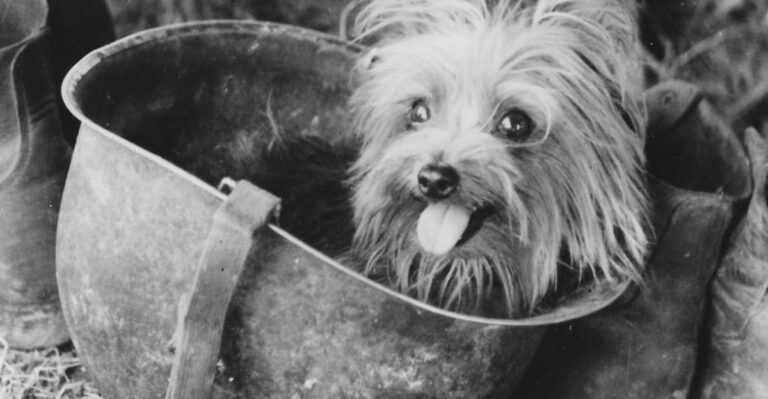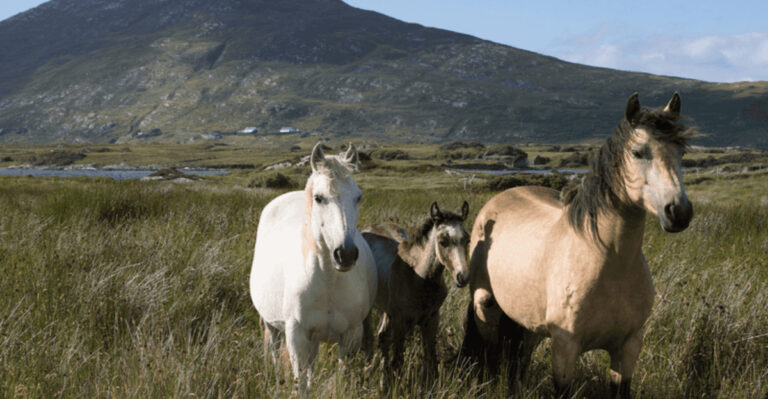15 Animal Species That Have Shown Evolutionary Shifts In The Last 10 Years
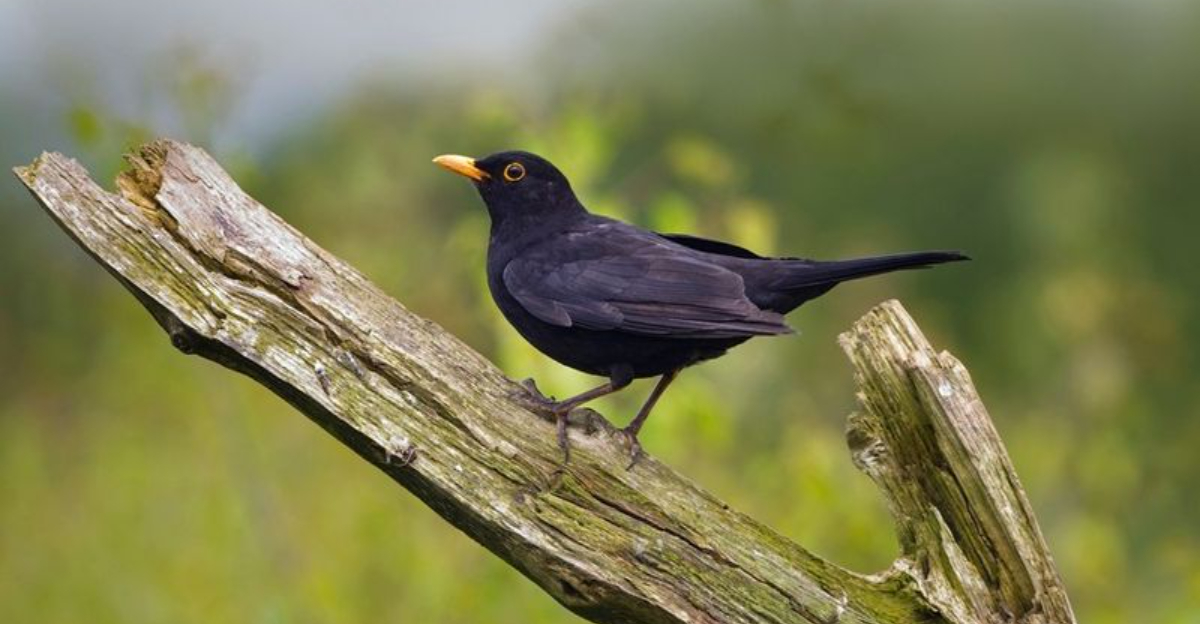
Did you know that animals can evolve faster than we think? Over the last 10 years, certain species have shown surprising shifts in their behavior and biology.
From adapting to climate change to responding to human activity, these animals are proving just how flexible nature can be. Let’s take a look at some incredible species that have evolved right before our eyes!
1. Italian Wall Lizards

These lizards are the unplanned architects of the reptile world. A ten-year observation revealed their jaw muscles evolving to accommodate a plant-rich diet.
With a knack for survival, these reptiles have undergone a dietary revolution that’s as intriguing as it is unexpected.
2. Peppered Moths
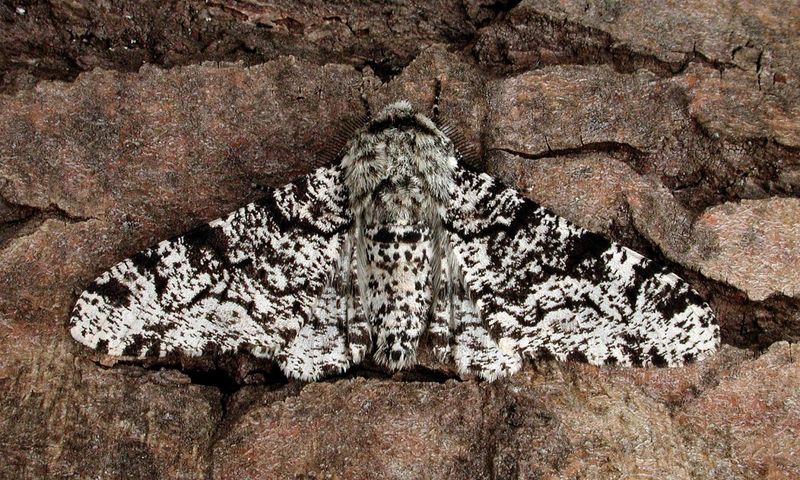
Peppered moths are the chameleons of the insect world, blending into their surroundings with ease. Recent shifts in air pollution have nudged these moths to change color faster than a quick fashion trend.
Their adaptable hues serve as a testament to nature’s ability to keep up with changing environments.
3. Banded Snails
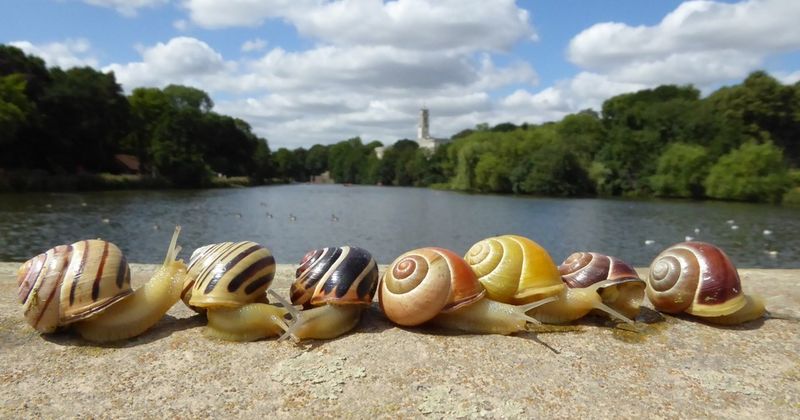
Banded snails are fashion-forward with their shells reflecting climate changes. Warmer temperatures have influenced their shell color patterns, making them lighter to avoid overheating.
This natural wardrobe change illustrates how these gastropods are staying cool and collected in a warming world.
4. Urban Blackbirds
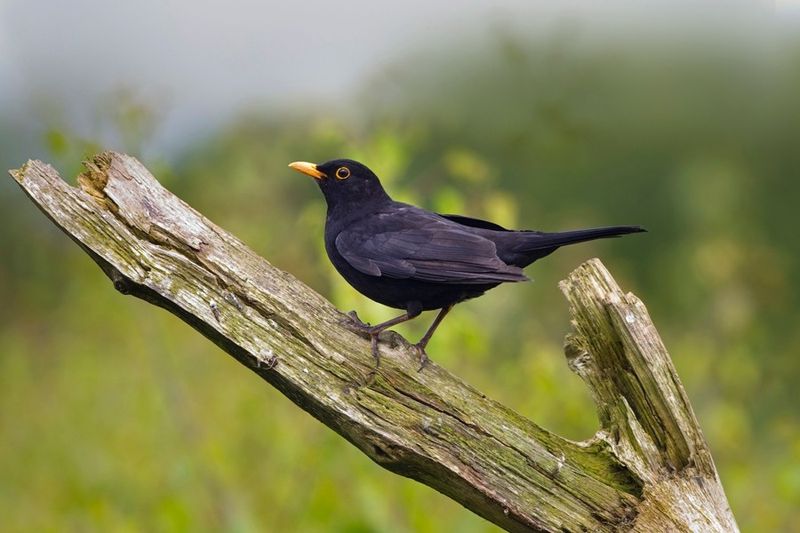
In cities, blackbirds have become night owls, singing serenades under street lights. Unlike their rural cousins, these urban avians have adjusted to the city’s rhythm, showcasing their adaptability.
Their ability to thrive in concrete jungles hints at evolution’s flexibility, responding to urbanization with altered behaviors without skipping a beat.
5. House Sparrows
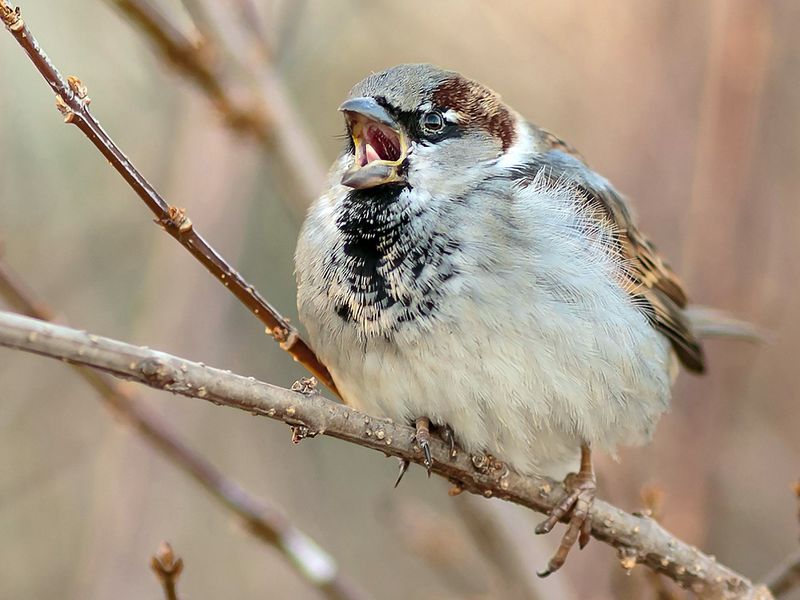
House sparrows have mastered the art of urban acoustics, singing louder and at different pitches to rise above city clatter. Their vocal evolution is a response to the industrial symphony, ensuring their songs are heard despite the urban noise.
Nature has adapted to the modern world, helping sparrows thrive in bustling cities.
6. Cane Toads
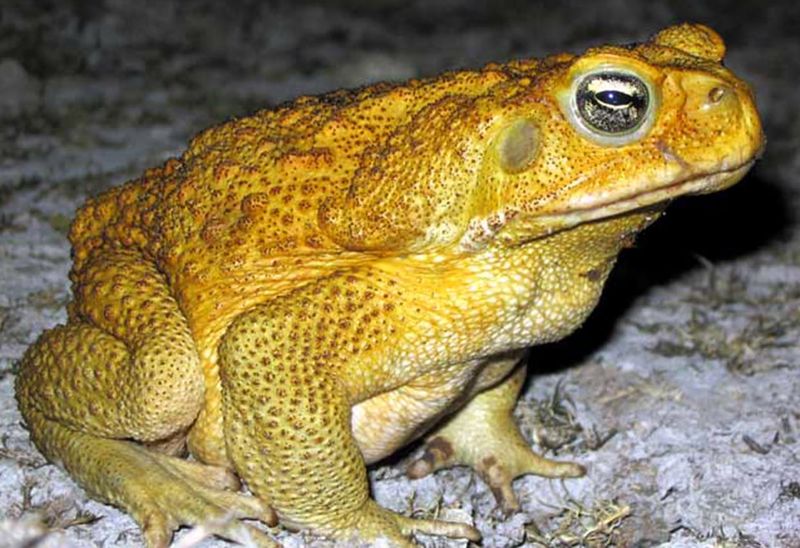
Cane toads are road runners of the amphibian realm, with longer legs adapting for faster travel across Australia.
Their evolutionary sprint is both a marvel and a concern, as their rapid spread challenges native species. It’s a tale of speed, survival, and ecological impact.
7. Mosquitoes
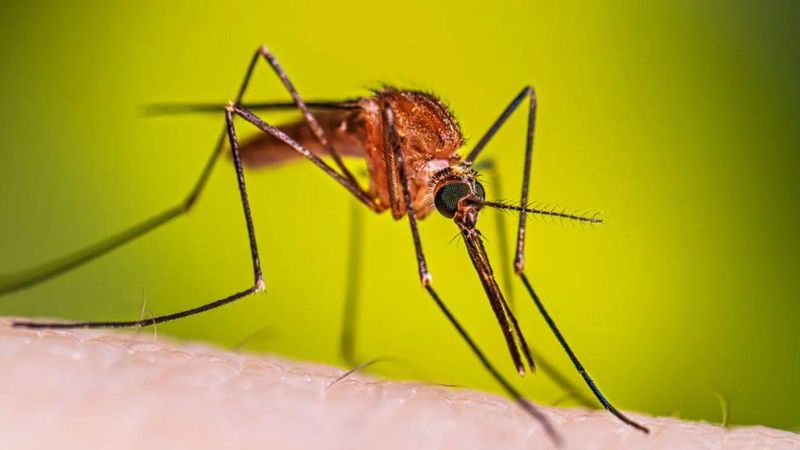
Mosquitoes have become the unsung chemists of the insect world, rapidly evolving resistance to pesticides. Their genetic adaptations to chemical warfare showcase their resilience.
This ongoing arms race between pests and human measures highlights the never-ending battle for control.
8. Atlantic Cod
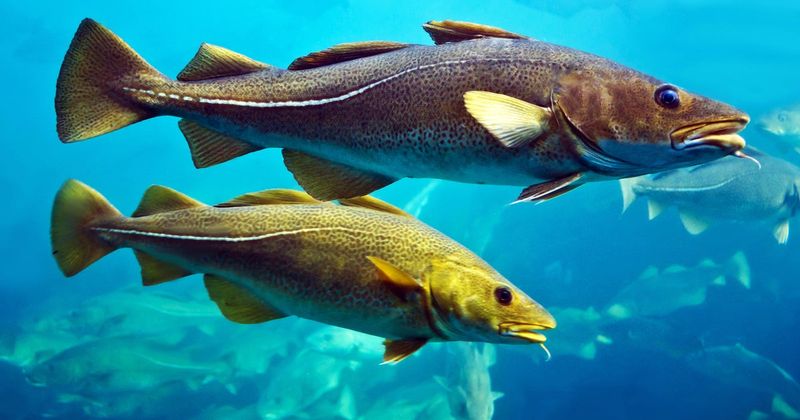
In response to overfishing pressures, Atlantic cod are evolving smaller sizes. The unexpected size shift serves as an underwater lesson in survival.
Human actions are directly influencing these evolutionary changes, altering the species over time.
9. Green Sea Turtles
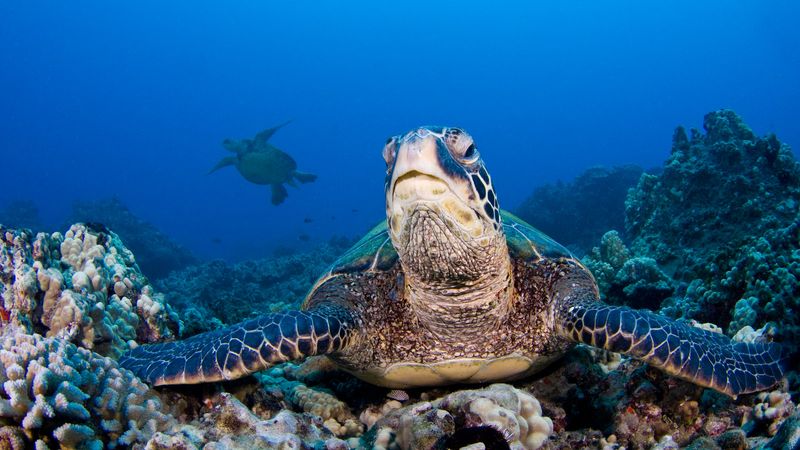
Green sea turtles are embracing gender fluidity, with warmer sands producing more females.
This shift raises questions about future populations, as climate change nudges these reptiles towards unexpected demographic changes. It’s a delicate dance of temperature and turtle biology.
10. Rats
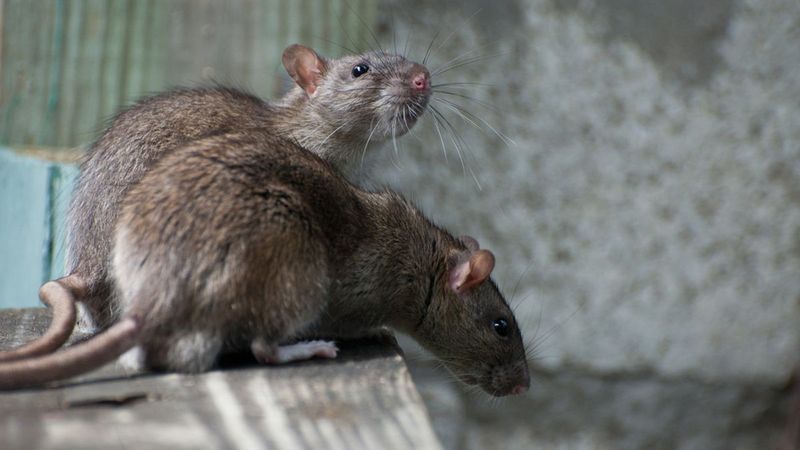
Rats have become city slickers, evolving resistance to poisons meant to curb their numbers. Their genetic fortitude is a sobering reminder of their unwavering persistence in urban landscapes.
These rodents are not just surviving, but thriving in the concrete maze.
11. Coral Reefs
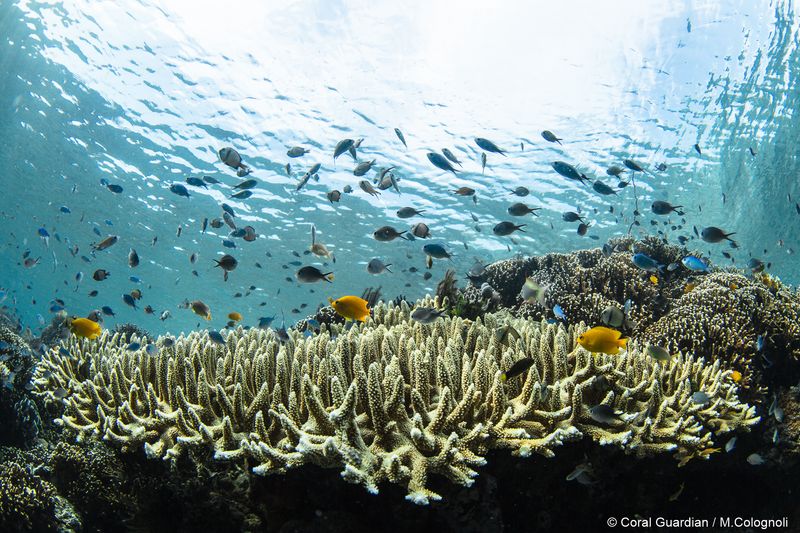
Resilience in the face of rising sea temperatures makes coral reefs the phoenixes of the ocean. Vibrant ecosystems like these are teaching us about endurance.
Transforming and surviving despite environmental stresses, they show us the power of adaptation.
12. Elephants
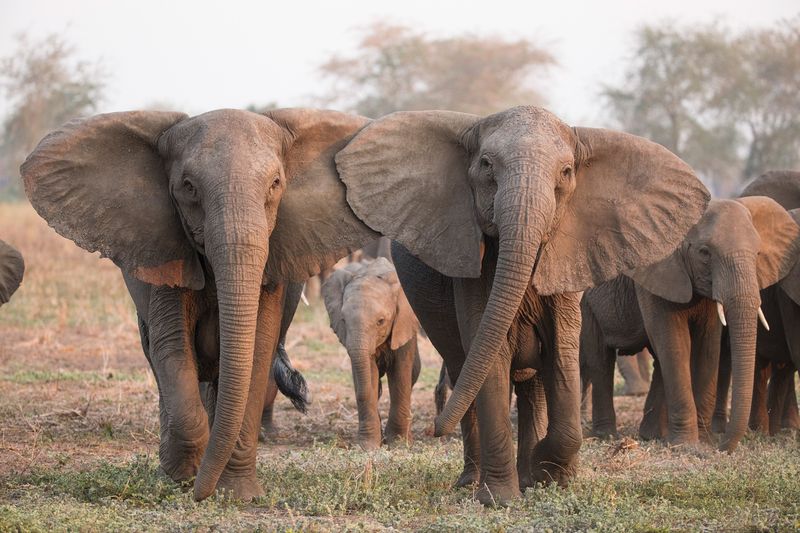
Elephants are losing something precious: their tusks. Due to poaching pressures, some populations have evolved to be tuskless.
This heartbreaking change is nature’s bittersweet response to human greed, a testament to the species’ will to survive against all odds.
13. Fruit Flies
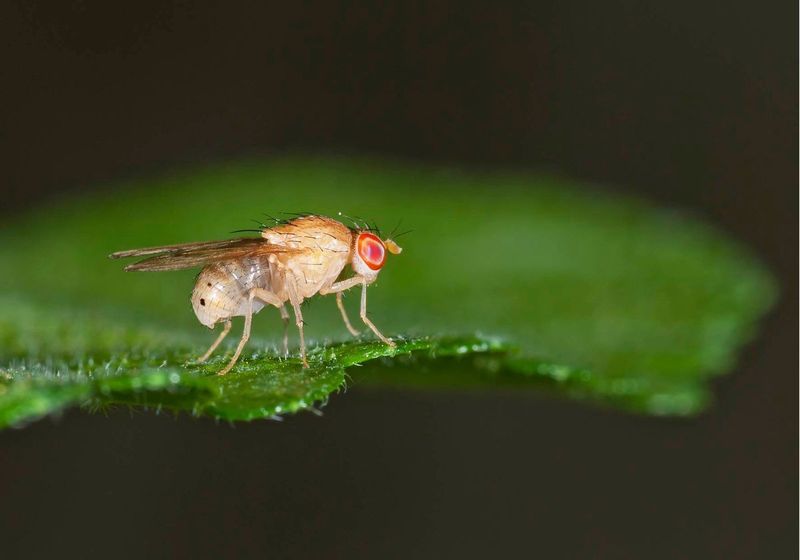
Fruit flies are the unsung heroes of speed evolution, adapting to lab conditions in record time.
Their genetic shifts are a molecular ballet, illustrating the swift dance of evolution happening under the microscope. It’s science fiction come to life, minus the fiction.
14. Jaguars
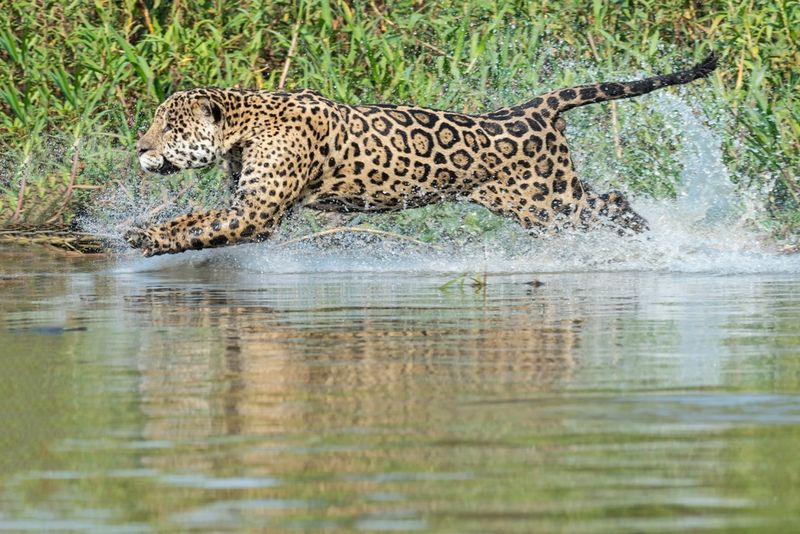
Shifting prey populations have forced jaguars to evolve new hunting strategies. Silent and skilled, their prowess in the wild showcases an evolutionary game of cat and mouse.
In the jungle, adaptability is key, and the jaguars are coming out on top.
15. Coyotes
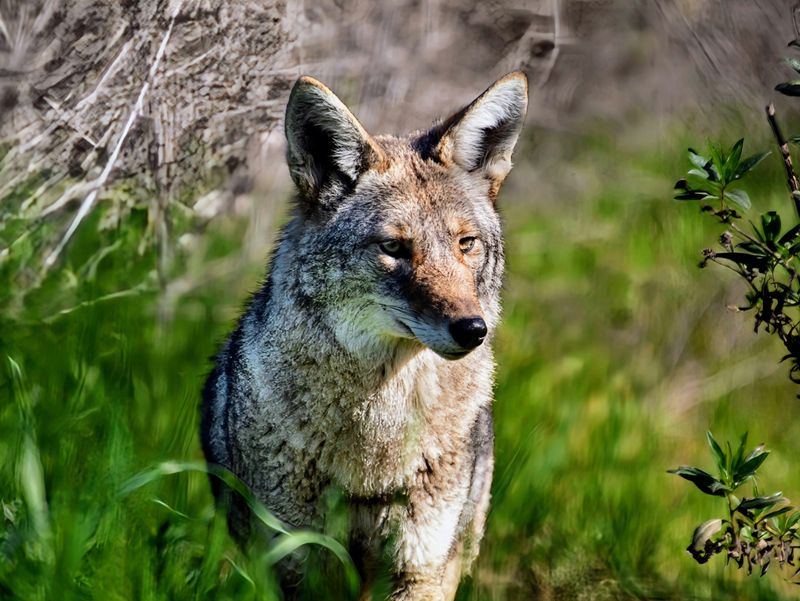
Coyotes are suburban nomads, navigating cities with newfound ease. Their ability to thrive in human-dominated landscapes showcases their adaptability.
These canines are not just surviving the urban sprawl but are becoming a quintessential part of it.



